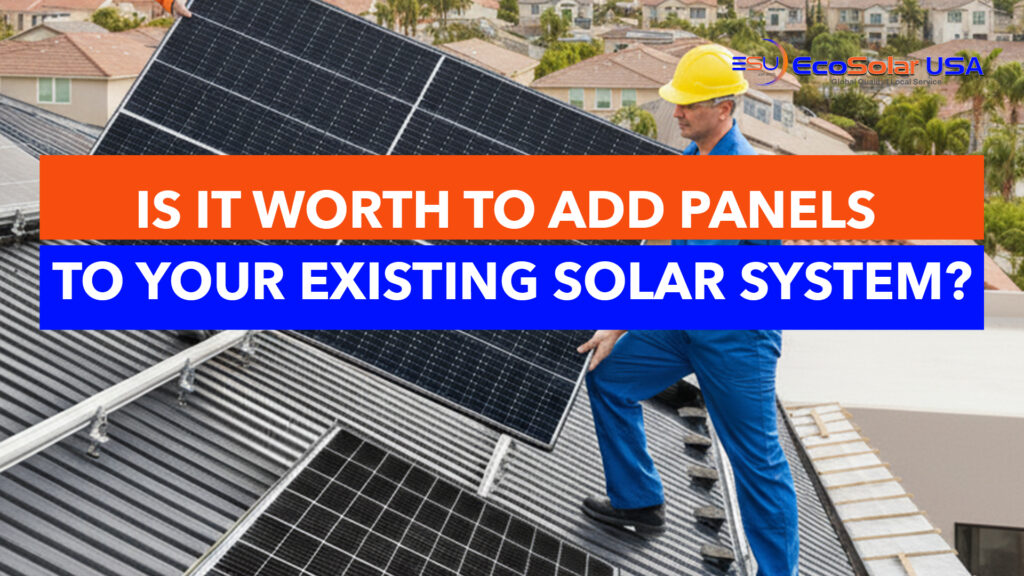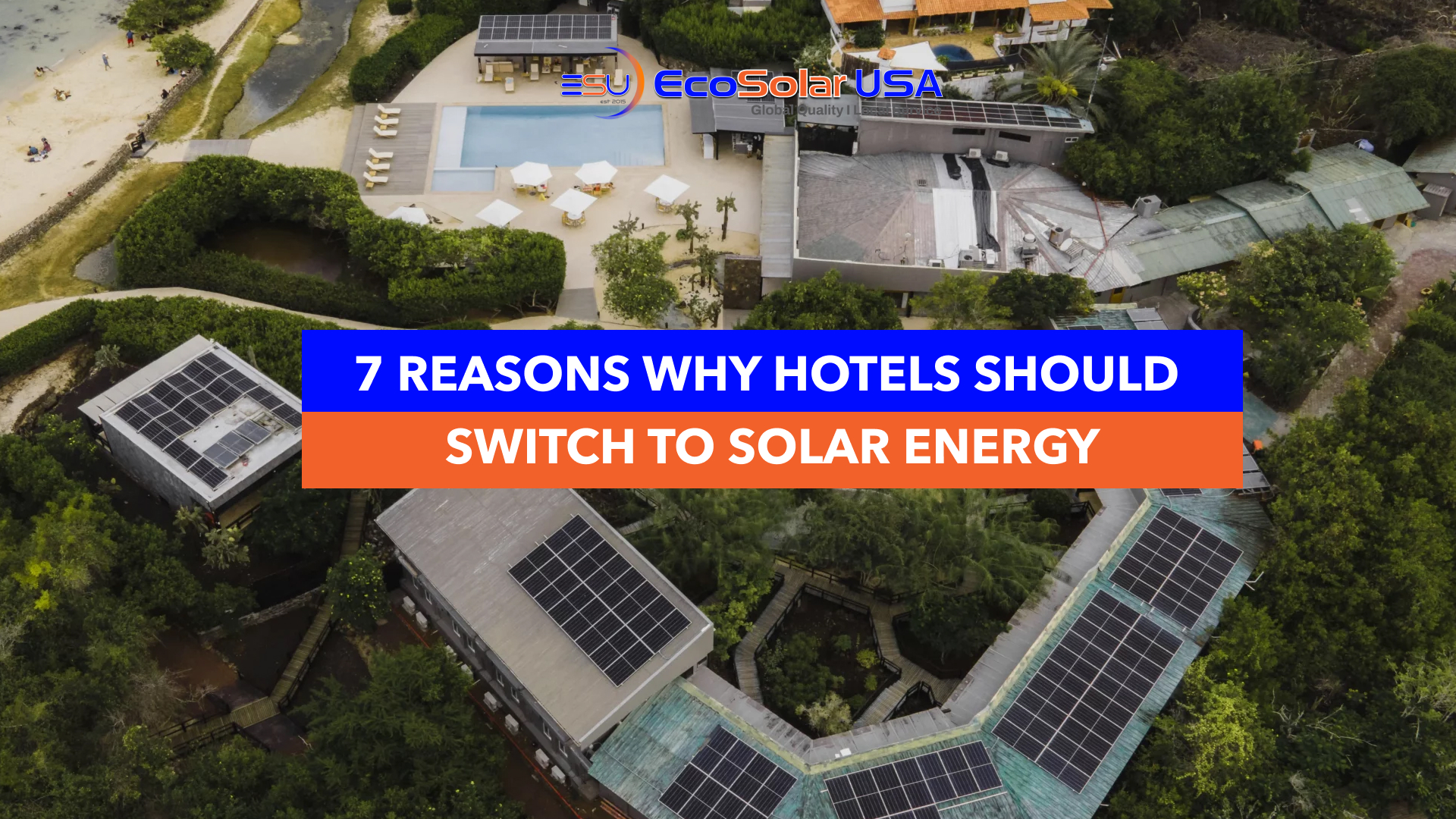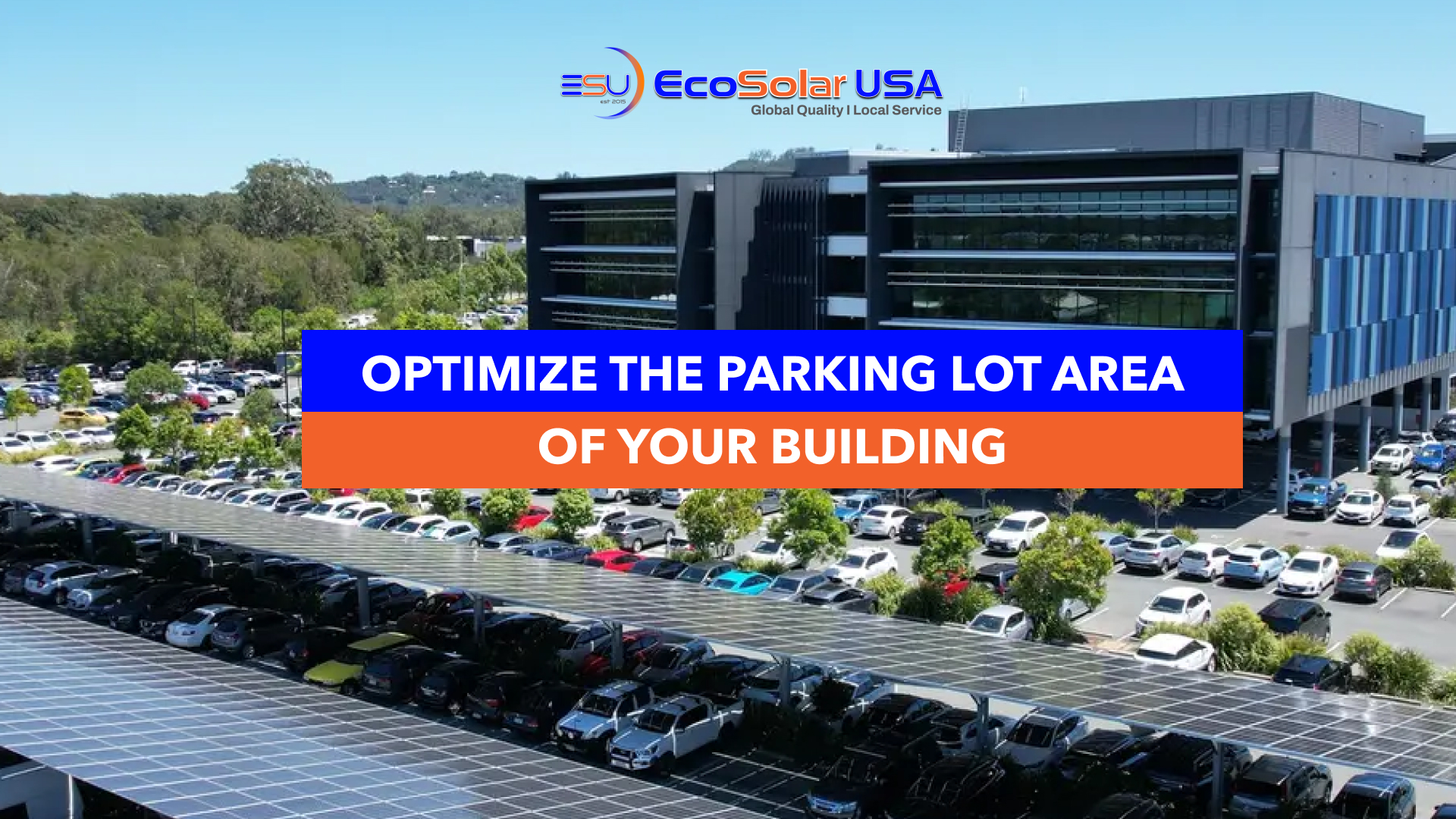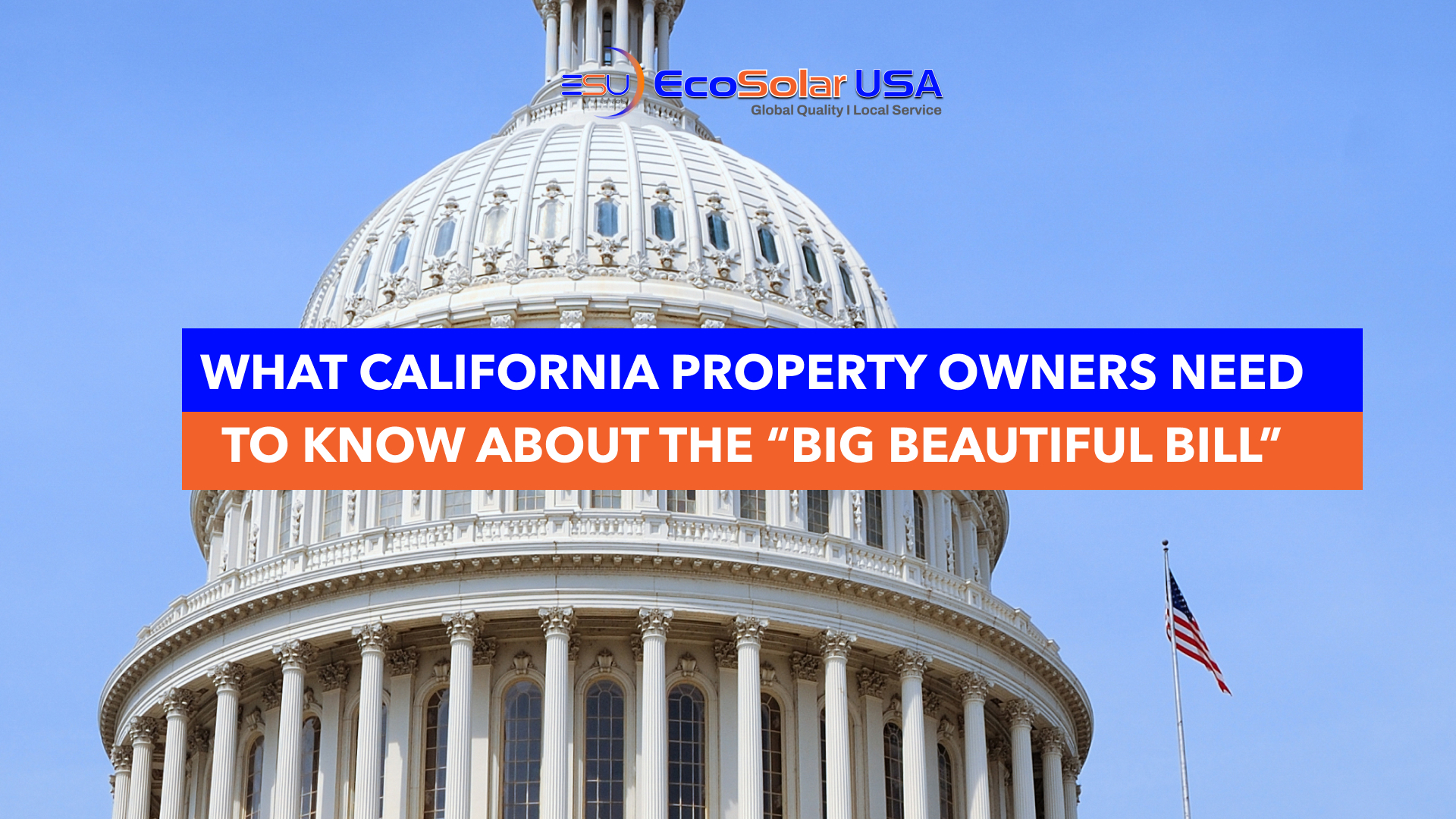
If you already have solar panels on your home, you might be wondering: Is it worth adding more panels this year?
For homeowners in California and Texas, the answer is a resounding yes — especially before the federal solar tax credit ends soon.
🌤 Why You Might Want to Add More Solar Panels
Adding panels to your existing system — often called a solar expansion — can help you:
- Cover higher electricity usage (like EV charging or new appliances)
- Maximize your energy independence
- Store and use more energy with a solar battery
- Increase your property value before energy costs climb even higher
In both California and Texas, where electric bills are on the rise, expanding your system now could mean saving thousands over the next decade.
⚡ The Rising Electric Rates in California and Texas
| State | Average Electricity Rate (2025) | 5-Year Growth Trend | Notes |
| California | 33¢/kWh | ↑ +45% since 2020 | Highest in the U.S., projected to keep increasing |
| Texas | 15¢/kWh | ↑ +28% since 2020 | Sharp seasonal spikes during heat waves |
(Sources: U.S. Energy Information Administration, ERCOT 2025 Forecast)
With energy demand continuing to rise, both states are experiencing grid strain, rolling blackouts, and fluctuating prices. That’s why now is the ideal time to boost your home’s solar output and energy storage.
💰 Ending Soon: The Federal Solar Tax Credit (ITC)
The Investment Tax Credit (ITC) — also known as the Solar Tax Credit — allows homeowners to deduct up to 30% of the total solar installation cost from their federal taxes.
However, this incentive is set to end soon, with 2025 being the final full-credit year before it starts phasing down.
That means if you’re considering expanding your solar system, this is your last chance to claim the full 30% before it drops.
✅ Example:
A $10,000 solar expansion project = $3,000 in tax credit savings — but only if you install before the deadline.
🔋 Solar Expansion vs. Installing a Generator
During Texas’s summer storms and California’s wildfire shutoffs, power outages can be frequent. Many homeowners compare adding more panels with battery storage to installing a backup generator.
| Feature | Solar + Battery | Gas Generator |
| Energy Source | Renewable (sun) | Fossil fuel (gasoline/natural gas) |
| Maintenance | Low | Moderate to high |
| Noise | Silent | Loud |
| Environmental Impact | Zero emissions | High emissions |
| Long-term Savings | High | Low |
When combined with a home battery, additional solar panels can keep your lights on for hours or days — all without fuel, noise, or fumes.
🌞 How to Add More Panels to Your Existing System
- Schedule a Solar Assessment — A professional installer will check your system’s inverter capacity, roof space, and connection points.
- Evaluate Compatibility — Ensure your existing panels, inverter, and meter are compatible with new models.
- Apply for Incentives — Claim the remaining Solar Tax Credit before it expires.
- Upgrade Battery Storage (Optional) — Adding a battery like Tesla Powerwall or Enphase IQ can maximize your energy use and grid independence.
📈 Breakeven Point: How Fast Can You Recover the Cost?
| System Size | Estimated Cost | Tax Credit (30%) | Average Annual Savings | Estimated Payback Period |
| +2 kW Expansion | $7,000 | $2,100 | $800 – $1,000 | 5.5 – 6 years |
| +4 kW Expansion | $12,000 | $3,600 | $1,400 – $1,800 | 5 – 6 years |
After the breakeven point, the extra panels generate pure savings for decades.
☀️ Why Homeowners Are Expanding in 2025
- Energy costs in California and Texas are climbing faster than inflation.
- The 30% Solar Tax Credit is ending this year.
- New battery technologies allow better backup and higher resale value.
Now is the perfect time to upgrade before incentives disappear and costs rise.
📞 Take Action Before the Solar Tax Credit Ends
At Eco Solar USA, we help homeowners across California and Texas expand their solar systems efficiently and affordably.
Whether you need a few more panels or a full battery upgrade, our local team handles everything — from permits to power-on.
👉 Contact Eco Solar USA today for a free consultation and lock in your 30% federal tax credit before it’s gone!
Sources:



